The sadhus swear by it and the rest of us keep seeking it. Ultimate liberation, eternal bliss, Moksha.
Is it the end of the line or the beginning of it all? Is it about making an exit, dropping all attachments to the forms of this world or is it about entering a heightened state of awareness. And it all seems to start with a question, ‘who am I’?
Some may call it an escape, but for some, it’s a state of mind. And once you enter this path, they say there’s no coming back.
One could have attained Moksha after a life-long struggle. Or it could even have been an epiphany, something that dawned on you while looking at an Excel sheet, weighing profit and loss, sipping Frappuccino in an air-conditioned corner office. But all that matters is how one feels at peace with not having anything at all, how one finds joy in nothingness.
There are four places in India that are special in terms of liberation of the soul from the cycle of births and deaths. If one is born in Thiruvarur, one gets Moksha. If one worships in Chidambaram, one gets moksha. If one meditates at Thiruvannamalai, one gets moksha. If one dies in Varanasi, one gets moksha.
Mark Twain once said that Varanasi is older than history, older than tradition, older even than legend and looks twice as old as all of them put together. A 100 years later, as I stroll through the Ghats of Benares, and see the sights and hear the sounds I understand what he meant.
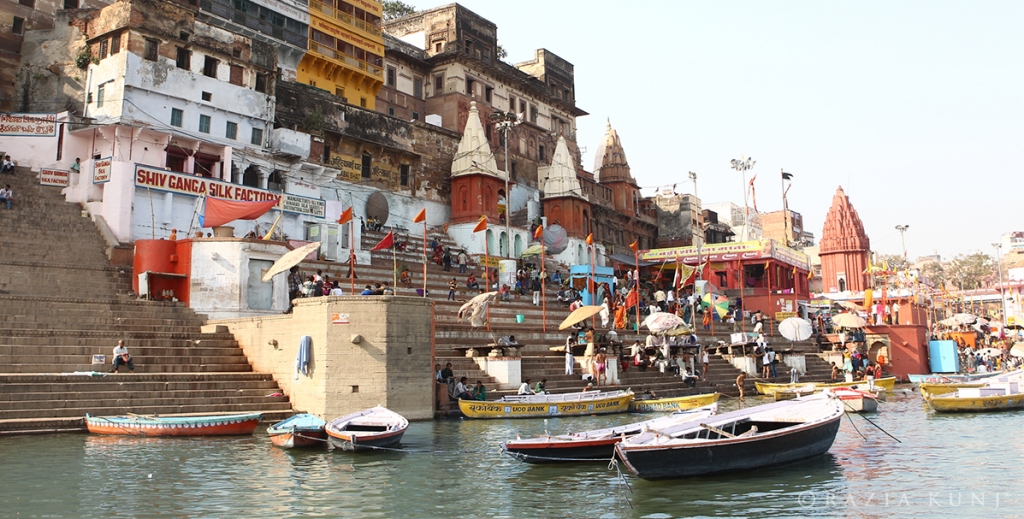

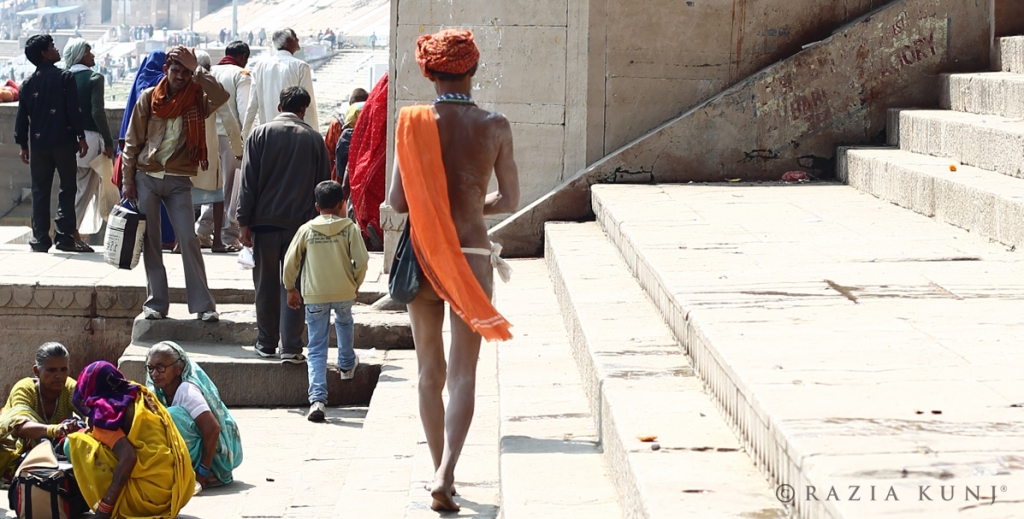

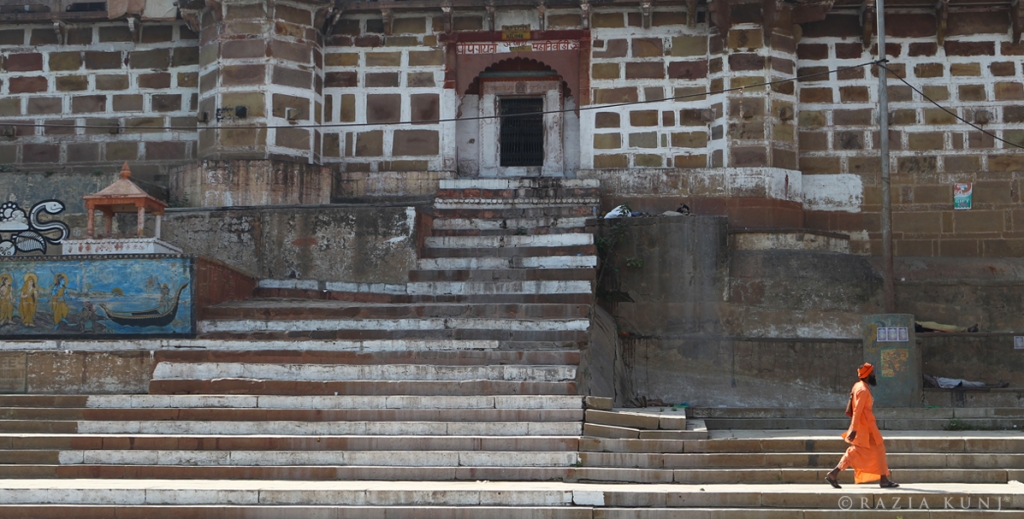

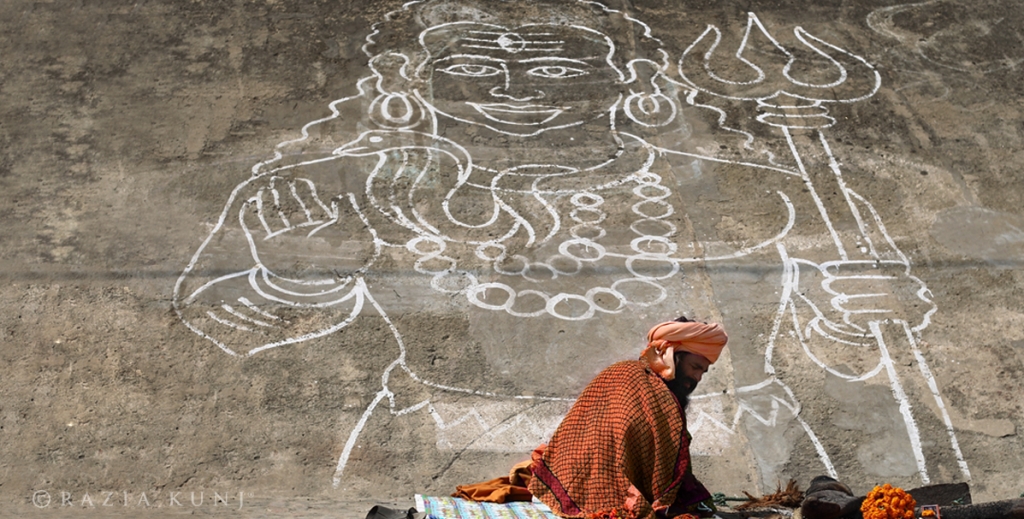

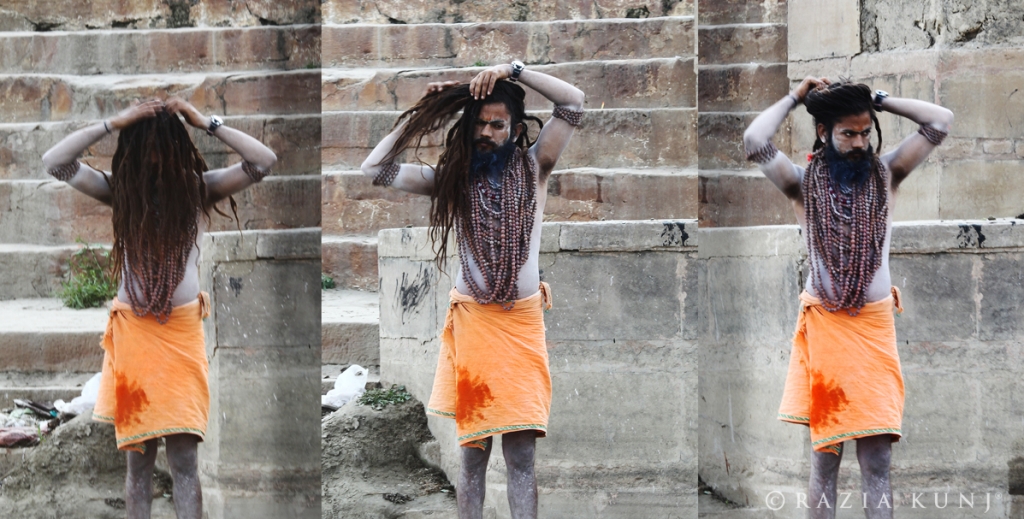

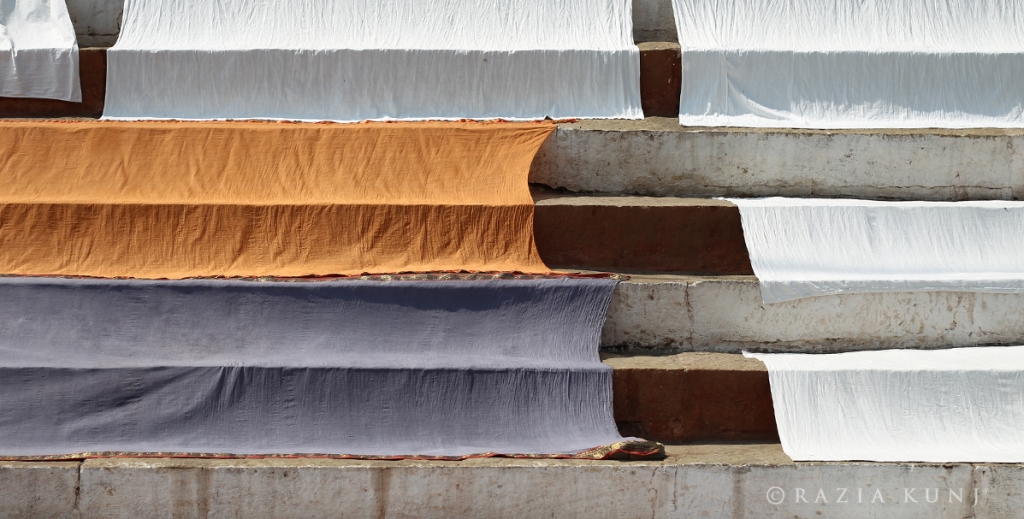

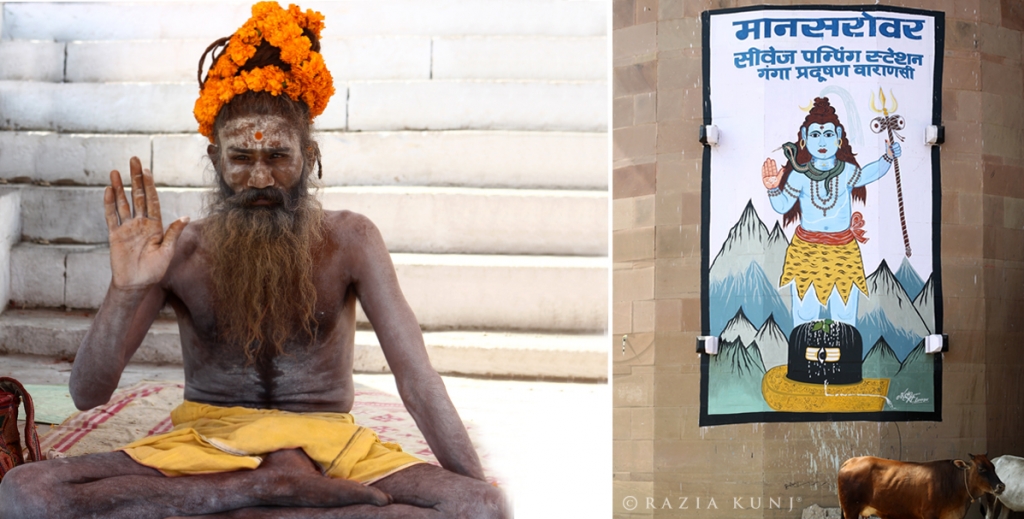

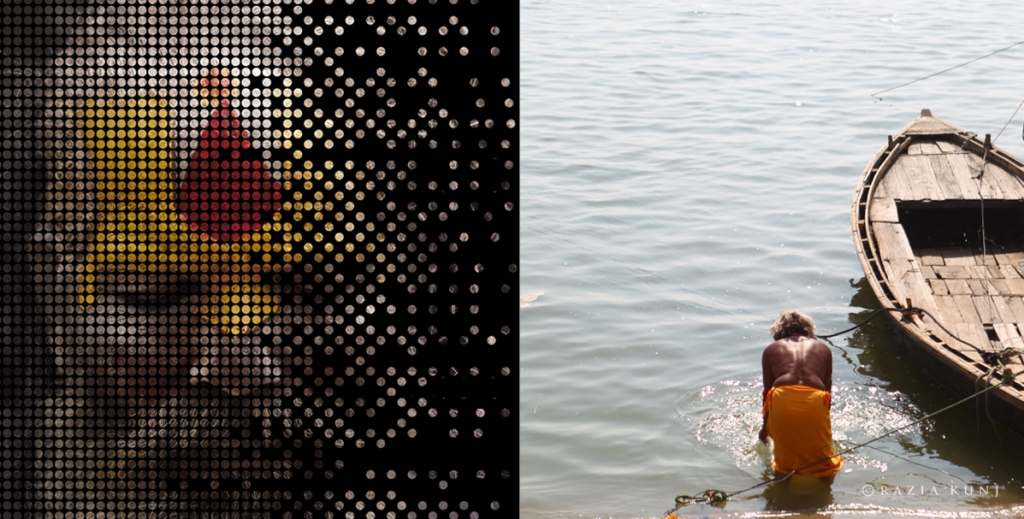

The concept of Moksha has always intrigued me. It seemed to have everyone in its grip. And I was no exception. So it’s no surprise that I chose Moksha as an inspiration for my next collection.
The sadhus I came across my travels were my muse and so were the ascetics who have renounced the world and subsist on alms collected in a begging bowl.
My journey into Moksha unfolds through metal Shiv Lingas, rudrakshas, beads and colourful threads. These elements come together to craft the story of Moksha, one that’s been written over and over again.
Moksha to me is not only renunciation. Because, Moksha, in its strict sense, is the abandonment of sensorial delights while my Moksha is quite the opposite. It embraces the pleasures of the senses. While the idea of Moksha is the liberation of the soul, my Moksha captures the soul in every design.
With every piece, I have tried to bring alive what’s within me, the superconsciousness, if I were to speak in the spiritual tongue. Rather than delving deep into Moksha and its significance, I have tried to interpret Moksha through every knot, bead and twirled metal.
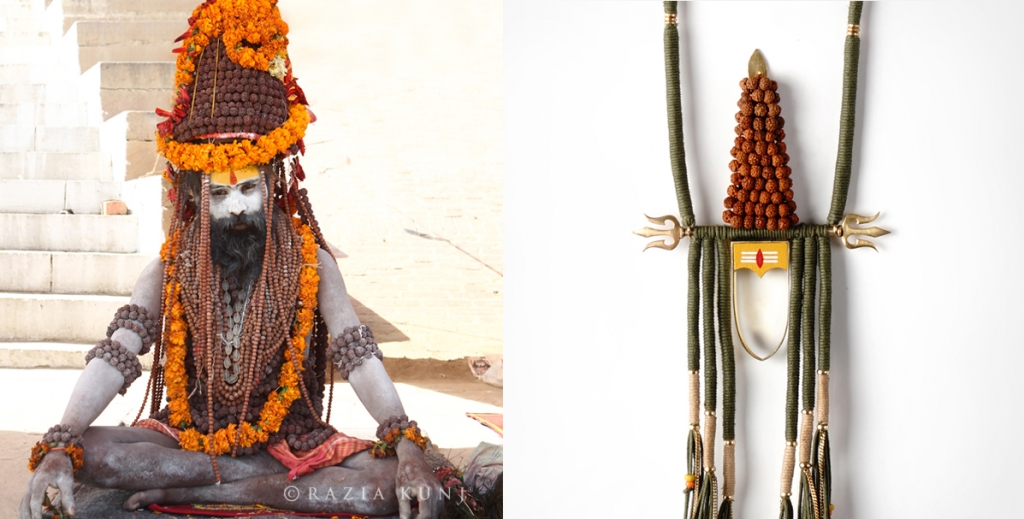

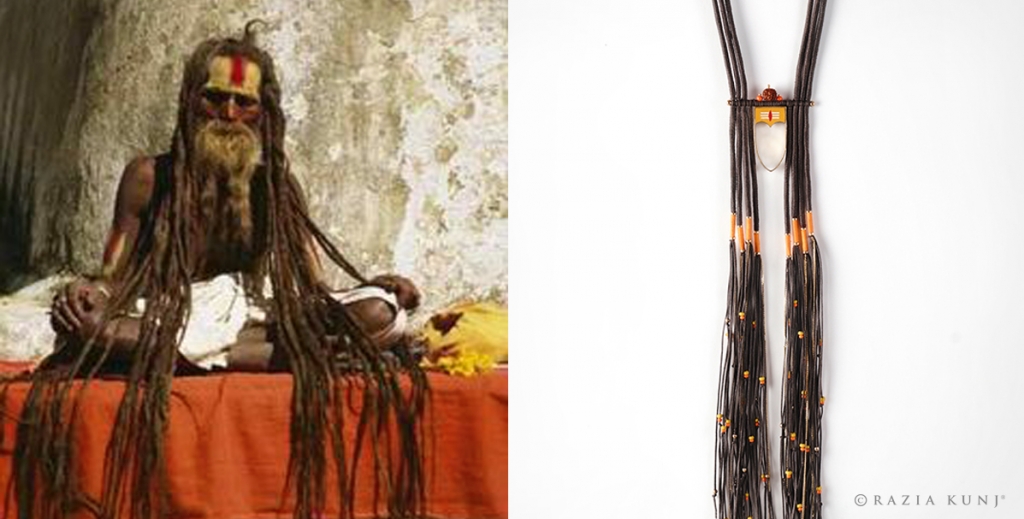

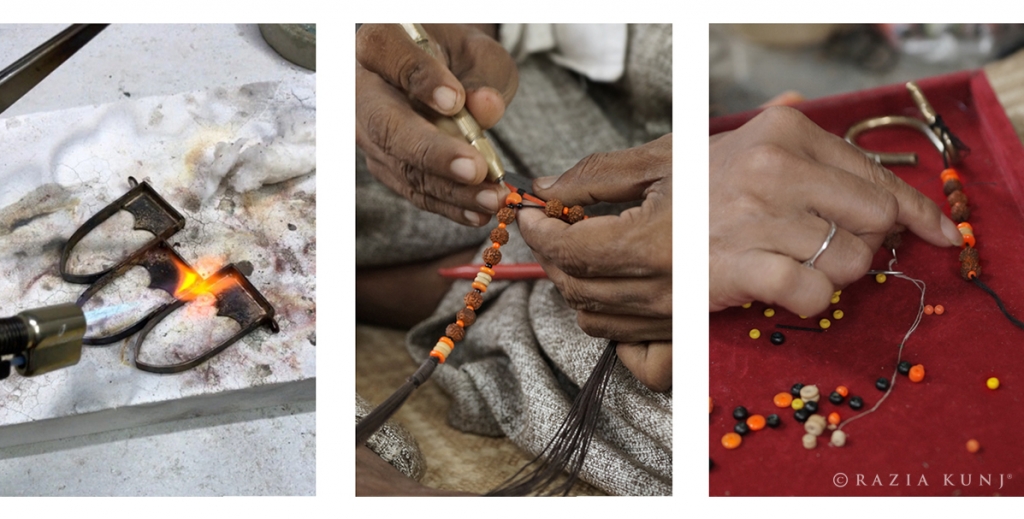

Every piece from Moksha is created with a certain devotion. Every minute detail has been taken care of, be it the cotton cords or the colours used that bring a sense of Vermillion, sandalwood paste and sacred ash. Through the weaving in of these spiritual elements, every piece is transformed into a meditation in itself, for I’m a devotee, but of art and beauty. Be it a necklace or the wristband, the creation of it was like a conversation with the supreme and a soul-stirring one at that.
And this was enlightenment to me, sans the rivers, rituals and rites. Hope it evokes the same in you.

